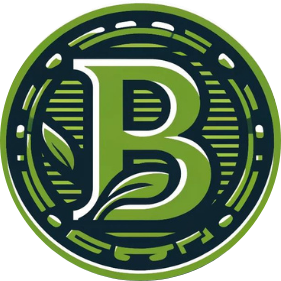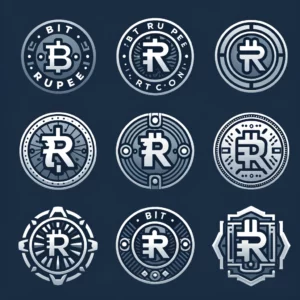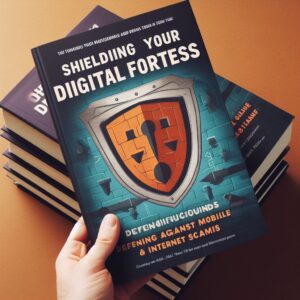How Do We Consider Web Security While Developing?
In today’s digital age, where cyber threats are increasingly sophisticated, ensuring the security of a website is paramount. At Towncraft Technologies, we prioritize web security throughout the development process, integrating robust security measures to protect both our clients and their users. Here’s how we approach web security during website development:
1. Secure Coding Practices
The foundation of web security lies in secure coding practices. Our developers are trained in the latest security protocols and write code that is secure by design. This includes validating inputs to prevent SQL injection and cross-site scripting (XSS), encoding data to avoid output manipulation, and employing secure session management techniques. We strictly adhere to the guidelines set by organizations like OWASP to ensure our coding practices meet high security standards.
2. Data Encryption
To protect sensitive data, we implement strong encryption protocols both in transit and at rest. Using TLS (Transport Layer Security) for data in transit and advanced encryption standards for data at rest, we ensure that all data exchanges across our websites are secure against eavesdropping and data breaches.
3. Authentication and Authorization
We implement robust authentication mechanisms to verify the identity of users. This includes multifactor authentication (MFA) to provide an added layer of security. For authorization, we use secure access control methods ensuring that users have access only to the resources they are permitted to use, preventing unauthorized access within the system.
4. Regular Security Audits and Penetration Testing
To identify and rectify potential vulnerabilities, we conduct regular security audits and engage in penetration testing. These practices help us uncover any weaknesses in our websites before they can be exploited by malicious actors. By proactively addressing security issues, we maintain the integrity and reliability of our platforms.
5. Secure Hosting and Infrastructure
Choosing the right hosting environment is crucial for web security. We partner with trusted hosting providers known for their stringent security measures. Additionally, we ensure that our servers and software are always up-to-date with the latest security patches and updates.
6. DDoS Protection and Network Security
To safeguard our websites from Distributed Denial of Service (DDoS) attacks and other network threats, we implement advanced DDoS protection and network monitoring tools. These tools help in detecting and mitigating attacks before they can cause significant harm.
7. Security-Focused User Education
Finally, we believe in empowering our users with the knowledge to maintain security. We provide resources and training on recognizing phishing attempts, creating strong passwords, and securing their personal information.
8. OWASP Checklist
We incorporate the OWASP (Open Web Application Security Project) checklist into our development and testing processes. This comprehensive list includes guidelines for security controls and practices, ensuring coverage of common vulnerabilities such as injection attacks, broken authentication, sensitive data exposure, and cross-site scripting. Adhering to this checklist helps us systematically address security concerns and maintain the highest standards of web security.
At Towncraft Technologies, web security is not an afterthought but a fundamental aspect of our development process. By incorporating these security measures, we ensure that our websites are not only functional and user-friendly but also secure platforms that users can trust.












